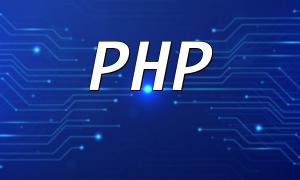This guide provides PHP developers with a comprehensive tutorial on advanced MVC architecture, aiming to help them master sophisticated features and achieve more efficient modular development. By optimizing code structure, improving performance, and extending functionality, you can build more stable and maintainable web applications.
Separating the model layer is a common technique in advanced MVC architecture. It involves breaking down model classes into smaller subclasses, each focusing on specific functionality. For instance, in an e-commerce application, the main model can be split into order, product, and customer models. This significantly enhances code maintainability and reusability.
Dependency injection is a design pattern that allows explicit definition of dependencies between objects. In MVC, controllers usually depend on models and view objects. By injecting these dependencies through the controller's constructor, testing becomes easier and code maintainability improves.
public function __construct($model, $view)
{
$this->model = $model;
$this->view = $view;
}By default, the view layer is only responsible for rendering data. For applications requiring complex interactions or dynamic updates, the view layer can be extended. Using a template engine, you can create reusable templates and merge them with data to generate the final view, improving development efficiency.
<?php
$this->load->view('template', $data);
?>PHP MVC frameworks can simplify development. Popular frameworks like CodeIgniter and Symfony provide routing, data validation, database connections, and other rich features, enabling rapid application setup and a solid code foundation.
Object-Relational Mapping (ORM) allows you to represent database data using objects. With ORM, you can perform complex database operations without directly writing SQL queries. Data mapping lets you associate objects with database tables, simplifying data storage and retrieval.
$user = $this->doctrine->getRepository('User')->find(1);Advanced MVC architecture may also include the following features:
By separating the model layer, using dependency injection, extending the view layer, leveraging frameworks, and applying ORM techniques, PHP developers can fully utilize MVC architecture to build complex, scalable, and efficient web applications. Mastering these advanced techniques will significantly enhance project quality and development efficiency.









